Über die Verschlüsselungsverfahren der Terroristen Roten Armee Fraktion (RAF) habe ich schon öfters berichtet. Heute geht es um einige Lücken, die ich mit Hilfe meiner Leser gerne schließen würde.
English version (translated with DeepL)
Wer sich für die Verschlüsselungstechniken von Kriminellen interessiert, sollte sich schon einmal den 26. Juni 2021 vormerken. An diesem Tag werde ich zusammen mit Elonka Dunin einen Online-Vortrag mit dem Titel “Crime-related Codes and Ciphers” halten. Veranstalter ist das ICCH-Forum.
Die Teilnahme ist (wie immer) kostenlos, den Einwahl-Link gibt es über die ICCH-Mailing-Liste oder auf Anfrage von mir. Hier ist die vorläufige Agenda:
Wie man sieht, wird in diesem Vortrag auch die Rote Armee Fraktion (RAF) eine Rolle spielen (und ja, man schreibt “Red Army Faction” im Englischen tatsächlich ohne “r”). Über die Verschlüsselungsmethoden von Baader, Meinhof und Konsorten habe ich vor ein paar Monaten eine dreiteilige Artikelserie auf Cipherbrain veröffentlicht.
Allerdings sind mir noch einige Dinge in diesem Zusammenhang unklar und einige Kryptogramme sind ungelöst. Deshalb möchte ich heute einige der ungeklärten Fragen zu den Verschlüsselungen der RAF vorstellen. Dabei geht es unter anderem um die verschlüsselten Texte, in denen die RAF-Mitglieder die Lage ihrer Erddepots (gefüllt unter anderem mit Waffen, falschen Ausweisen und Bargeld) beschrieben.
Depot-Beschreibung 1
Der folgende Screenshot aus der Fernsehsendung ZDF History zeigt eine verschlüsselte Depot-Beschreibung der RAF:
Hier ist ein weiteres Beispiel (laut den Blog-Lesern Peter Bosbach und Marc müsste “76, 75, 43 …” für RASCH BEGREIFEN stehen):
Und noch ein Screenshot dieser Art:
Laut ZDF History wurde diese Chiffre mit einem Crib gelöst. Ein Wort mit dem Muster ABBC, das eine Tankstelle bezeichnete, stand für ESSO.
Es könnte sein, dass hier ein Verfahren verwendet wurde, das Andreas Baader beschrieb, als er bereits im Gefängnis saß. Man benötigt als Schlüssel eine Liste von Wörtern:
Nun wird ein Buchstabe mithilfe der Zeile und der Position im jeweiligen Wort kodiert. Man kann beispielsweise das A unter anderem als 12 (1. Zeile, 2. Buchstabe) verschlüsseln. Auch 31 (3. Zeile, 2. Buchstabe) wäre möglich.
Zu beachten ist allerdings, dass in den obigen Kryptogrammen auch die Null vorkommt. Fängt man mit dieser an zu zählen, dann ließe sich das A als 01 oder als 21 kodieren.
Kann ein Leser mehr zu den obigen Depot-Beschreibungen sagen?
Depot-Beschreibung 2
Eine weitere verschlüsselte Depot-Beschreibung lautet wie folgt:
Man steigt in den selben Bus wie zum Rotkehlchen, steigt eine H nach Do/2/1, 2/6, Mir1/4, To2/4, Ul 2/1, 2/3, Ru2/4, 2/1, 2/2, Ol1/1 Do2/3, 2/6, Ol1/2, 1/3, Mir2/1 – anlage aus.
Das “Rotkehlchen” ist ein anderes Depot, dessen Position als bekannt vorausgesetzt wird. “H” steht für Haltestelle. Der verschlüsselte Teil dieses Textes steht anscheinend für MÜLLVERBRENNUNGS, wobei beim Chiffrieren ein Buchstabe verloren gegangen ist. Dadurch ergibt sich folgender Klartext:
Man steigt in den selben Bus wie zum Rotkehlchen[depot], steigt eine Haltetelle nach [der] Müllverbrennungsanlage aus.
Die Buchstaben am Anfang einer Chiffrengruppe (z.B. “Do”, “Mir”, “Ul”) sind Codenamen von RAF-Mitgliedern, wobei “Mir” für Adelheid Schulz steht. Die darauf folgende Zahl (1 oder 2) bezeichnet den Vor- oder Nachnamen dieser Person, während die letzte Zahl die Position eines Buchstabens in diesem Namen angibt.
Zum Beispiel steht “Mir1/4” für L, weil dies der vierte Buchstabe in Schulz’ Vornamen ist, während “Mir2/1” für S steht, den ersten Buchstaben in Schulz’ Nachnamen. Blog-Leser M.S. schlug folgende weitere Namen vor:
- Ul: Inge Viett
- Ru: Henning Beer
- Do: Brigitte Mohnhaupt (wenn der Nachname “Monhaupt” geschrieben wird)
- Ol: Angelika Speitel (falls Ol 1/1 ein Fehler ist)
Weiß ein Leser mehr dazu?
Depot-Beschreibung 3
Die folgende Botschaft ist besonders interessant, denn sie beschreibt die Lage des Depots “Daphne”. An diesem wurde am 16. November 1982 der RAF-Terrorist Christian Klar verhaftet. Er dürfte gewusst haben, dass die Polizei die verschlüsselte Depot-Beschreibung kennt, ging aber wohl davon aus, dass die Verschlüsselung nicht gelöst worden war.
Ein Wort (“S-Bahn”) ist entschlüsselt. 366 könnte eine Bus-Linie sein, die zur S-Bahn führt. Kann ein Leser mehr dazu sagen?
Eine Buch-Chiffre?
Blog-Leser John Lamping hat mich darauf hingewiesen, dass im Spielfilm “Der Baader-Meinhof-Komplex” eine Buch-Chiffre vorkommt, die die Terroristen verwendet haben sollen.
Das verwendete Buch ist “Moby Dick”. Es ist bekannt, dass RAF-Mitglieder Decknamen aus diesem Buch wählten: Andreas Baader war “Ahab”, Holger Meins “Starbuck” und Ensslin “Smutje”. Für die Verwendung einer Buch-Chiffre ist mir jedoch – abgesehen vom besagten Film – keine Quelle bekannt. Weiß ein Leser mehr?
Ein ungelöstes Kryptogramm
Von Andreas Baader stammt der folgende verschlüsselte Text:
Leider ist mir die Lösung nicht bekannt. Möglicherweise wurde diese Nachricht mit der oben beschriebenen Chiffre verschlüsselt.
Eine Challenge
Ich halte das oben beschriebene Verschlüsselungsverfahren von Andreas Baader für durchaus interresant. Meines Wissens gibt es bisher keine Untersuchungen zur Sicherheit dieser Chiffre. Blog-Leser Allan Carstairs hat dankenswerterweise eine Challenge mit diesem Verfahren erstellt. Es geht darum, das folgende Kryptogramm zu entschlüsseln:
87 31 12 47 17 45 33 52 65 84
44 23 64 66 85 35 18 48 67 37
73 87 19 52 16 35 65 11 26 53
Der Schlüssel besteht aus einer Liste von acht englischen Wörtern. Diese haben eine Länge von jeweils sechs bis neun Buchstaben. Der Klartext ist ebenfalls englisch. Gezählt wird jeweils beginnend mit der Eins, nicht etwa mit der Null. Kann ein Leser diese Nachricht entschlüsseln?
Follow @KlausSchmeh
Further reading: Gesucht: Sechs verschlüsselte Verbrecher-Nachrichten
Linkedin: https://www.linkedin.com/groups/13501820
Facebook: https://www.facebook.com/groups/763282653806483/

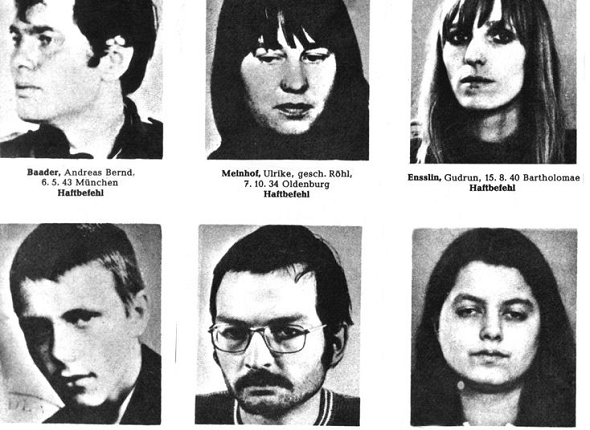
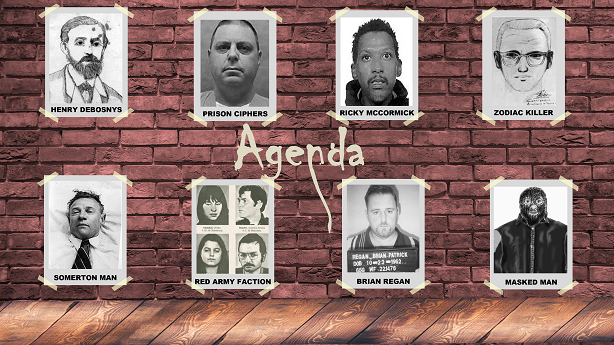
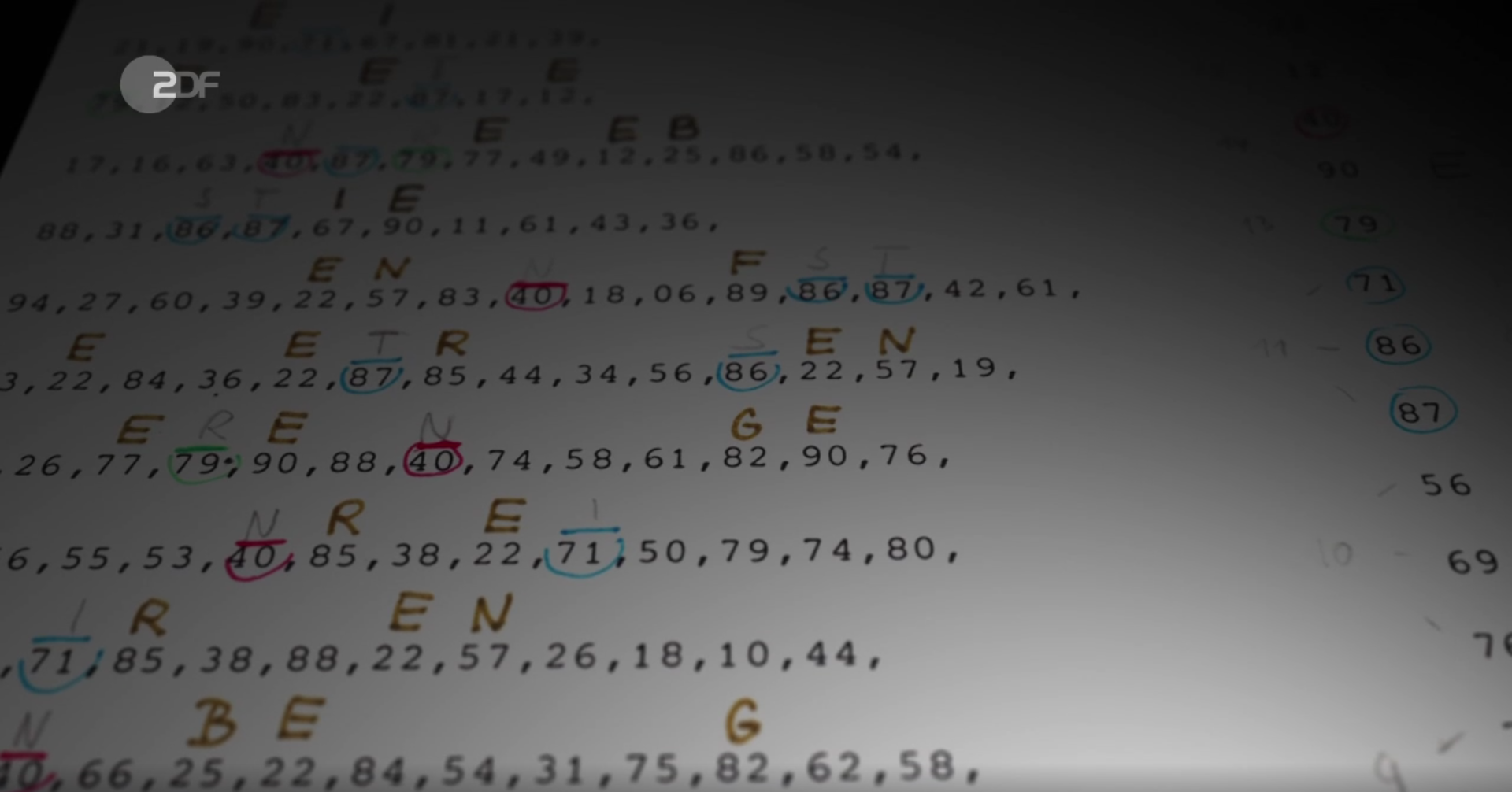
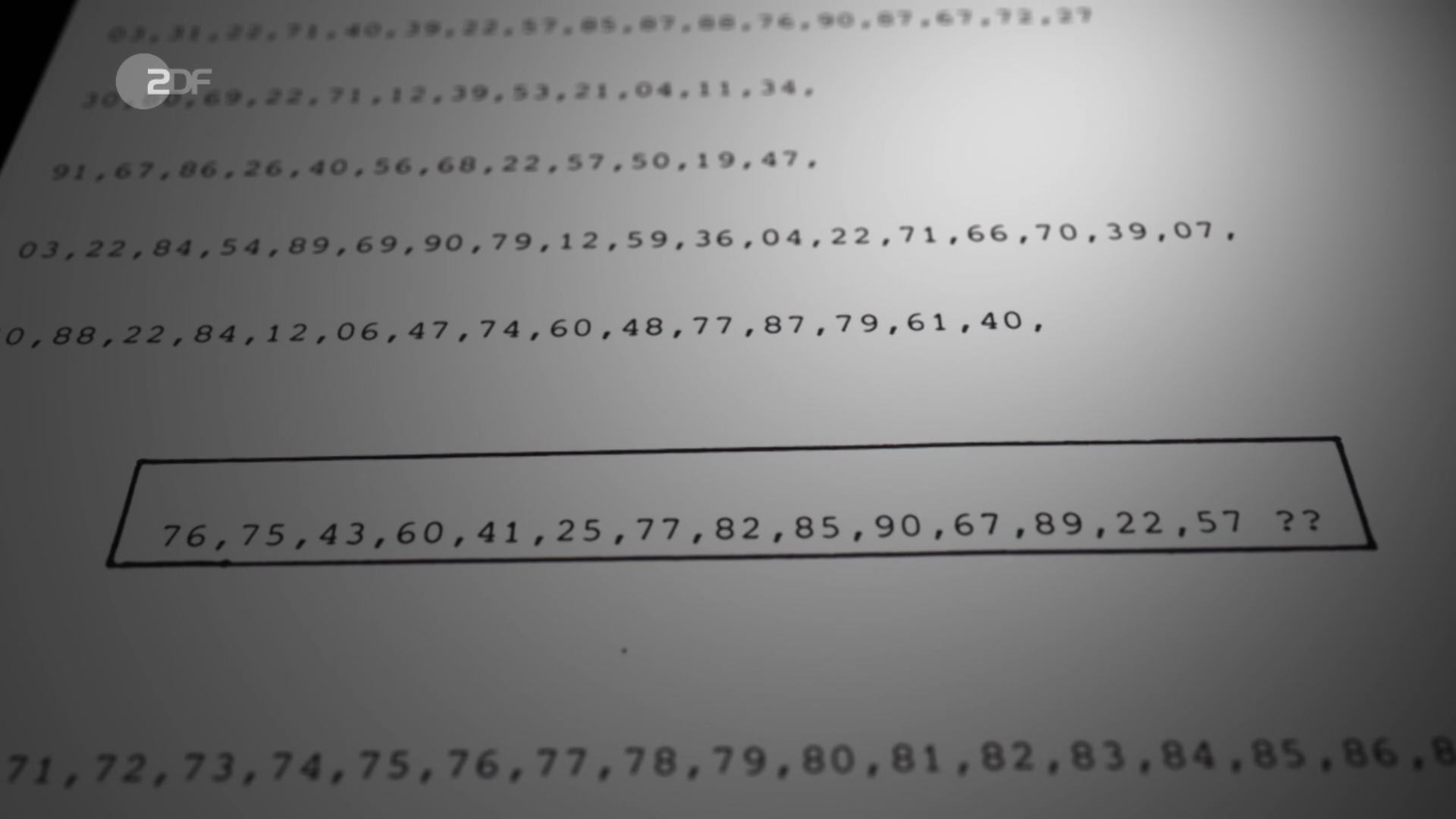
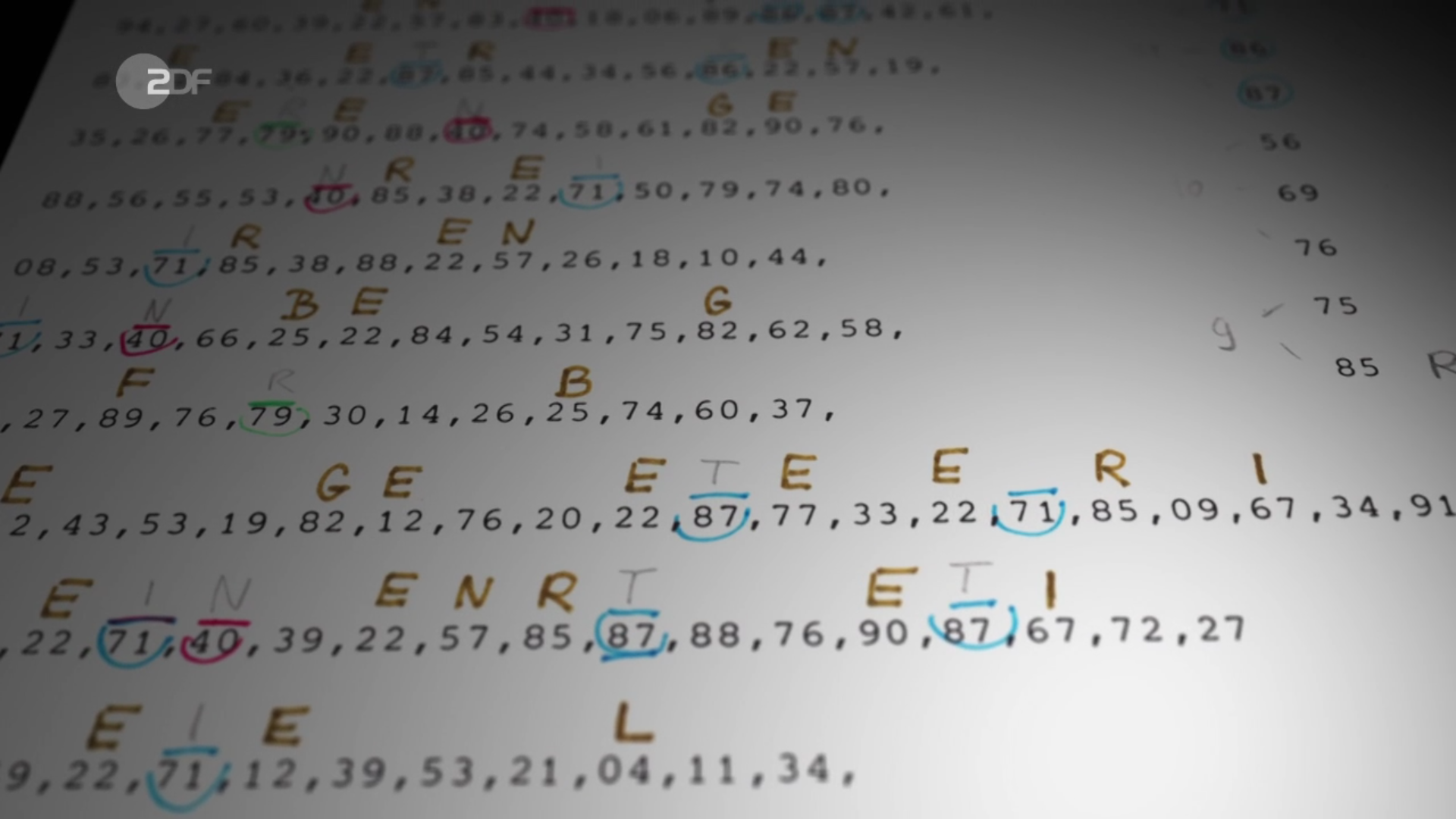

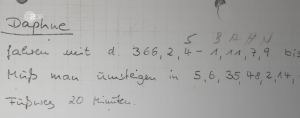
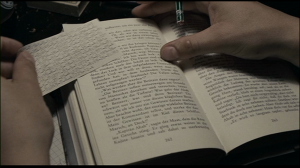

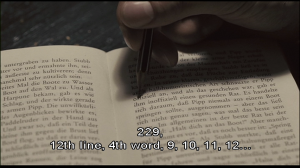


Kommentare (18)